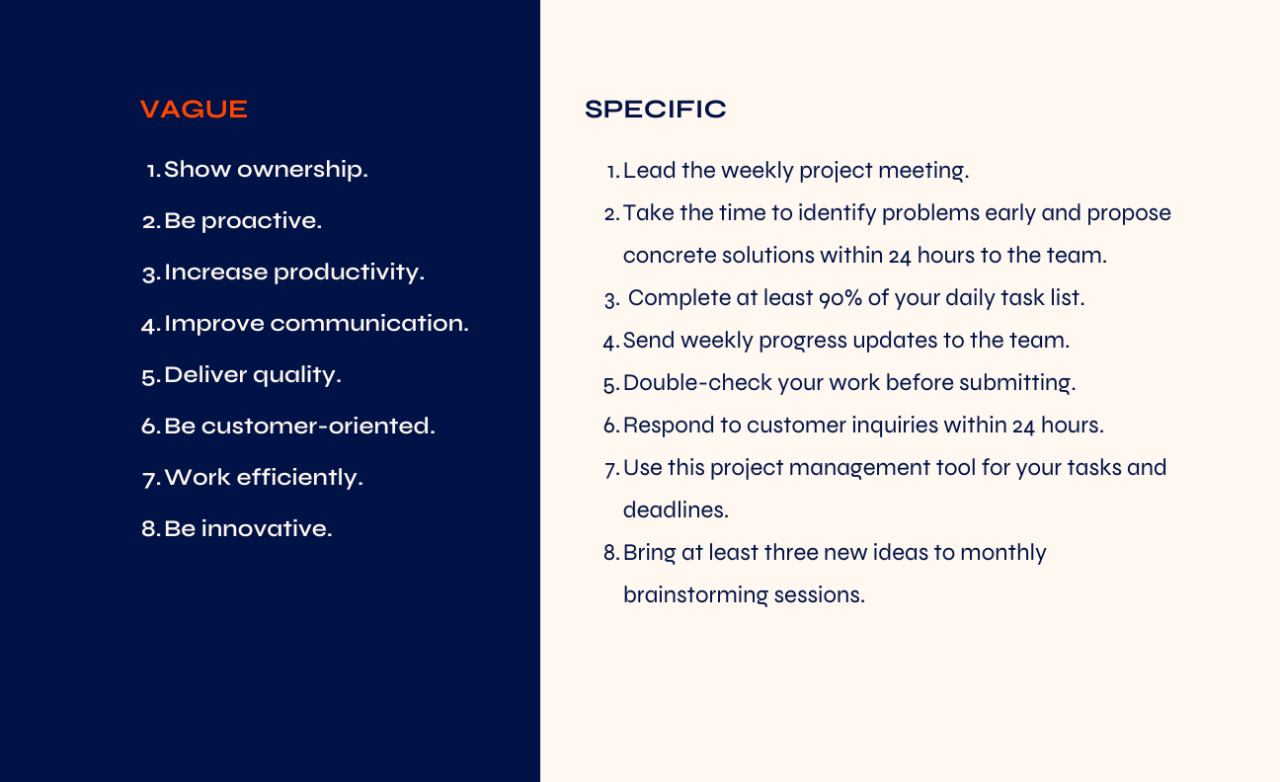How to get your team on board with changes as a manager
Changes in the workplace are inevitable. As a manager, it's your job to guide your team smoothly through these transitions. This can be challenging, especially when you notice some colleagues struggling to adapt. How do you tackle this? How do you ensure that everyone can keep up with the change process?
The necessity of change
The financial sector is constantly influenced by global trends and developments. To remain competitive in the job market, organisations must continue to innovate. However, this doesn’t come without its challenges. International teams are increasingly becoming the norm, bringing cultural diversity and varying time zones into play, which require new management skills.
Additionally, the implementation of technologies such as AI and machine learning, agile working methods, and digital transformations necessitate teams that can adapt to new ways of working and tools.
But generational differences also play a role, especially with the arrival of Gen Z in the workplace. This younger generation brings new expectations and work styles.
As an employer, it is essential to adapt your approach to accommodate this new generation, as failing to do so may result in young talent choosing another employer. Ensuring that your team embraces these changes is crucial for the success of the transition.
Where does resistance come from?
Resistance to change is human behavior, deeply rooted in the basic principles of psychology and sociology. It is important to understand that avoidance behavior often stems from uncertainty and fear of the unknown. This behavior is not irrational but a protective mechanism.
By involving employees from the outset and taking their input seriously, much resistance can be avoided. Regular updates and transparency about progress and successes help build trust and prevent confusion.
As a manager, it is important to be curious about the underlying reasons for resistance. This requires empathy and the ability to engage in conversations with your employees to truly understand their concerns and perspectives.
By actively listening and acknowledging their worries, you can plan targeted and effective interventions. Consider options such as additional training days, one-on-one meetings, or a mentorship program.
Is the desired behaviour clear?
One of the biggest mistakes organisations make when communicating changes is using abstract terms like “ownership” or “proactive behaviour.”
These broad terms are often too vague and can be interpreted differently by different people. For effective behavioural change, it is important to be specific and concrete about what exactly is expected from employees.

Communication as the key to success
Transparency and openness are essential when communicating changes. Share not only the end goal but also the steps and processes required to achieve it.
Use the 4 P’s to convey your message clearly and structured:
- Pain: What are the risks and negative consequences if we don’t change? This helps emphasize the urgency of the change.
- Perspective: What are the benefits and improvements if the change is successful? This provides a positive vision of the future.
- Process: What concrete steps and actions are needed to achieve the change? This makes the change manageable and systematic.
- People: What is specifically expected from each team member, and what can they expect from you as a leader? This ensures clarity and accountability.
Engagement and inclusion
A successful change requires the involvement of all employees. This means that workers should not only be informed but also actively engaged in the change process. Form a leading group of influential employees to build support. Involve both enthusiastic and critical voices in this group.
Critical employees can provide valuable insights and help identify blind spots in the change strategy. By adopting an inclusive approach, employees feel valued and are more willing to collaborate.
Lead by example

Training, development, and recognition
Recognising and rewarding positive behaviour keeps your team motivated. Consider simple compliments, public recognition, financial rewards, and career development opportunities.
Celebrating small successes boosts morale and makes everyone feel valued. This reinforces the desired behaviour and encourages everyone to actively contribute to the change.
Together towards a future-proof organisation
Change is inevitable and essential for the growth and development of the financial sector. Through open communication, clear expectations, engagement, continuous training, and strong leadership, you can successfully guide your team through change processes.
Understand the causes of resistance, provide clear instructions, and acknowledge your team’s efforts. Together, you can create a future-proof organisation.

Want to know more?
With our extensive experience in mediating between young professionals and managers, we know what works. How to attract them, and just as importantly, how to retain them. Els is happy to discuss how young talent can support your team through changes.


